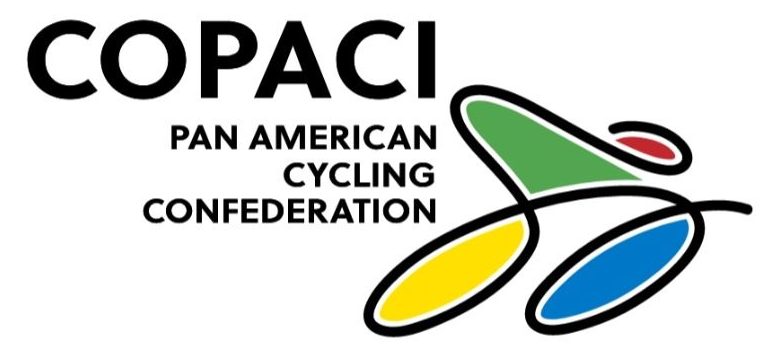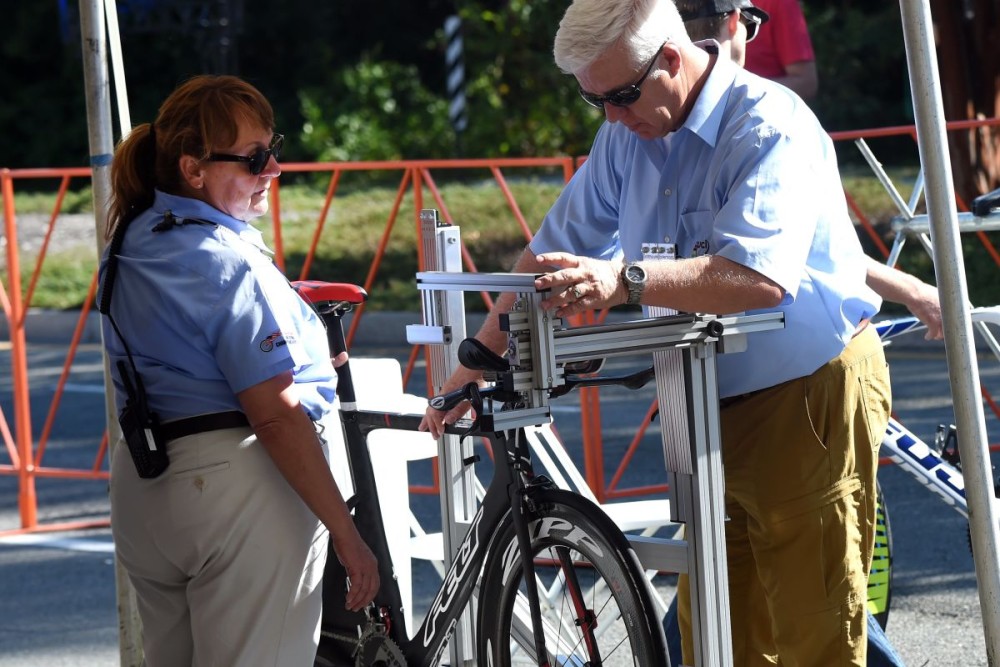In 2011, the UCI introduced its bicycle approval system aimed at road, track and cyclocross models. With this, cycling’s highest body aimed to simplify the process of verifying bicycles before competitions, relieving referee-judges of their tasks.
In this way, it established a validation system that manufacturers had to follow if they wanted their bikes to be used in competition. Besides, let’s not kid ourselves, this opened up another source of revenue for the UCI, since the whole process of verifying new models obviously costs the brands 5,000 Swiss francs plus VAT for the whole process and 3,500 Swiss francs plus VAT with the simplified procedure.
Therefore, since the UCI introduced this system, in order to participate in any federated competition of these modalities, the bicycle must display the aforementioned sticker, unless the bicycle is from before 2011, which shows the UCI logo and a code that identifies the model and that we can consult in the list that the highest body publishes each season and that, on many occasions, serves to advance the launch of new models by the brands.
Obviously, if the frame is not included among the approved ones and is subjected to a random inspection by the competition referees, it will not be allowed to take the start. In any case, practically all current models go through this process, except for some entry-level models and little else.
In fact, it serves the brands to ensure that their new bikes can be used in competition and not find that, after developing a model, their riders cannot use it as, for example, happened in the past with those Cannondale banned for not reaching the minimum weight set by the UCI.
There are two procedures for approving new bike models, the general and the full procedure. The first is a simplified method that is used with more conventional models and only requires the brand to submit the bike designs to the UCI for approval after verifying that they comply with the technical regulations in force.
On the other hand, the complete procedure is that followed by the monocoque and aerodynamic cut frames that must adhere to the design limits set by the UCI for these bikes. In this case, in addition to the designs, manufacturers are also required to submit a prototype of the bike for the UCI to carry out its own measurements and verifications.
In essence, the UCI seeks to ensure that bicycles continue to maintain their traditional essence with a double-triangle design without drifting towards models like those we see in long-distance triathlon events.
To this end, it defines each segment of the frame: horizontal tube, diagonal tube, etc…, with a rectangle that limits what each tube can occupy as a maximum as well as the junction zones so that transitions are smooth and that have been used by manufacturers to optimize the aerodynamics of the new models.
In addition, other parameters are defined, such as the inclination of the stays, the design of the forks, especially in time trial models, the width of the tubes and the need to comply with certain dimensions.
Source: www.brujulabike.com

